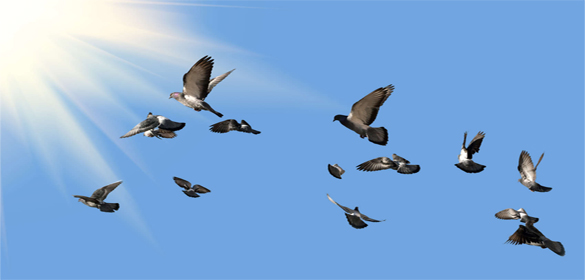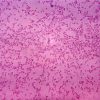
Muscle Regeneration Tips After Intense Racing Flights
Muscle Regeneration Tips After Intense Racing Flights
Racing pigeons are incredible athletes. Their ability to fly hundreds of kilometers at high speeds is nothing short of awe-inspiring. But what many fanciers overlook is the toll that intense racing takes on a pigeon’s muscular system. Just like human athletes, pigeons need focused recovery periods after big performances to avoid muscle fatigue, strain, and long-term decline.
Without proper rest and muscle regeneration support, your birds can experience weakness, delayed recovery, decreased flight performance, and even injury in future races. That’s where BCAA supplementation, structured rest, and smart post-race training protocols come in.
In this post, we’ll explore:
-
Why muscle regeneration matters after races
-
Signs of delayed muscle recovery in pigeons
-
How Branched-Chain Amino Acids (BCAAs) help rebuild muscle
-
Best practices for downtime and light training
-
Long-tail SEO keywords for pigeon recovery care
Whether you’re new to racing or aiming to fine-tune your loft’s performance strategy, this guide delivers science-based, actionable advice for pigeon muscle recovery and long-term success.
Why Muscle Recovery Is Critical After Every Flight
Pigeons expend massive energy stores during races. In flights that last several hours or days, their pectoral muscles—which make up a large portion of body mass—experience intense contraction, micro-tears, and lactic acid buildup.
If pigeons are sent back to training or racing too soon, their muscle fibers don’t fully regenerate, leading to:
-
Chronic soreness or fatigue
-
Reduced wing power
-
Poor loft orientation and slow arrivals
-
Decreased immunity and overall vitality
The key is structured post-race recovery. This is not “downtime” in the sense of doing nothing—it’s intentional regeneration, built around rest, nutrition, and light movement to avoid atrophy.
Signs of Delayed Muscle Recovery in Racing Pigeons
Not every bird will show obvious signs of strain—but observant fanciers can catch the subtle clues that muscles are struggling to repair:
-
Limp or shaky wings after landing
-
Delayed return to the loft
-
Unusual sitting or posture (e.g., drooped wings, puffed-up chest)
-
Reduced feed intake post-race
-
Irritability or disinterest in loft activities
-
Decline in time trial performance
These signs typically show up 12 to 48 hours after racing and can be worsened if the pigeon is pushed too hard in the next few days.
The Role of BCAAs in Pigeon Muscle Recovery
Branched-Chain Amino Acids—Leucine, Isoleucine, and Valine—are vital for muscle repair and recovery. During flight, pigeons use up large amounts of these amino acids to:
-
Build new muscle tissue
-
Repair damaged muscle fibers
-
Reduce post-flight muscle breakdown
-
Maintain strength during repetitive races
Benefits of BCAAs for Racing Pigeons:
| Benefit | Impact on Racing Pigeons |
|---|---|
| Faster recovery | Birds regain strength quicker post-flight |
| Less muscle soreness | More comfort and better rest post-race |
| Increased stamina | Muscles stay fueled during longer races |
| Prevents muscle loss | Maintains peak physical condition |
Supplementing BCAAs post-race (within 1–2 hours) gives pigeons the raw materials needed to kickstart muscle rebuilding. Many fanciers use specialized pigeon recovery powders that include BCAAs, electrolytes, and glucose for a complete post-race recovery formula.
Supplementing BCAAs post-race (within 1–2 hours) gives pigeons the raw materials needed to kickstart muscle rebuilding. Many fanciers use specialized pigeon recovery powders that include BCAAs, electrolytes, and glucose for a complete post-race recovery formula.
How to Use BCAAs and Recovery Supplements Correctly
-
Administer Immediately Post-Race
Mix BCAAs into drinking water or soft food within 1–2 hours after birds return from a race. -
Maintain for 24–48 Hours
Continue dosing for 1–2 days post-race. BCAAs are not stored long-term in the body and must be supplied daily during recovery. -
Pair with Vitamins and Minerals
Use in combination with B-complex, magnesium, and calcium to support nerve and muscle function. -
Hydration First, Then Nutrition
Ensure birds rehydrate with electrolyte water before offering BCAA-supplemented feed. Dehydration reduces nutrient absorption.
Importance of the 48-Hour Downtime Rule
A pigeon that’s just completed a race needs at least 48 hours of recovery before engaging in any significant training. This downtime lets:
-
Lactic acid flush out of the muscles
-
Inflammation subside
Here’s a basic 3-day post-race protocol:
Day 1: Immediate Recovery
-
Provide clean water with electrolytes + BCAAs
-
Offer easily digestible feed (e.g., barley mix)
-
Keep loft calm and quiet to reduce stress
Day 2: Light Feeding and Observation
-
Continue BCAA and vitamin supplementation
-
Observe droppings, posture, and appetite
-
Allow free movement in the loft—but no forced flight
Day 3: Light Exercise Begins
-
Introduce short tosses or brief flutter training
-
Avoid over-exertion—this is to activate circulation and prevent stiffness
Only after this 48–72 hour recovery window should birds resume normal training flights.
Post-Race Nutrition: What to Feed for Muscle Rebuilding
After intense flights, racing pigeons need a nutrient-rich but gentle diet that supports tissue repair without stressing digestion.
Ideal Post-Race Feed Mix:
-
Peas and lentils: High in protein for muscle synthesis
-
Barley and oats: Easy to digest carbohydrates for energy
-
Brewer’s yeast: Rich in B-vitamins and amino acids
-
Canola or hemp seed: Adds healthy fats for energy balance
-
Grit and minerals: Support digestion and bone recovery
A post-race recovery blend with added oils and amino acid powders can help get birds back into top condition quickly.
Don’t Forget the Mind-Muscle Connection
Muscle regeneration isn’t just physical—it’s also mental. Pigeons that associate racing with extreme exhaustion or soreness may become hesitant flyers. That’s why gentle reintroduction to training post-recovery is key.
-
Use short, successful flights to rebuild confidence
-
Avoid pairing muscle fatigue with negative experience
-
Always offer a clean, welcoming loft with restful nesting spots
Loft Hygiene Supports Recovery
Dirty perches, wet loft floors, or overcrowding can delay recovery by increasing stress and exposing tired birds to pathogens. After a big race:
-
Deep clean the loft
-
Replace bedding or absorbent floor material
-
Provide ample roost space so birds don’t have to fight for rest
Keeping the environment clean helps muscles (and the immune system) recover faster.
When Muscle Recovery Is Delayed: What to Do
If a bird remains stiff, slow, or underweight more than 72 hours post-race, take action:
-
Check for Injury
Palpate wings, breast muscle, and joints for swelling or pain. -
Run Basic Health Screenings
Check for signs of respiratory distress, diarrhea, or parasites. Recovery failure could indicate underlying disease. -
Increase Amino Acid Support
Add glutamine or additional leucine to the diet if BCAAs aren’t enough. -
Isolate for Rest
Move the bird to a quiet loft section for 2–3 days with high-protein feed and water-rich greens.
Final Thoughts: Build a Loft That Respects Recovery
You wouldn’t expect a marathon runner to compete again the next day—and the same respect should be given to your racing pigeons. Proper muscle regeneration isn’t optional; it’s essential.
By embracing post-race rest, BCAA supplementation, and thoughtful training strategies, you’re giving your birds the tools they need to heal stronger, fly longer, and compete at their best.
Make muscle recovery a pillar of your pigeon care protocol, not an afterthought. Your birds—and your race results—will reflect the difference.
Looking for trusted recovery supplements with BCAAs, electrolytes, and post-race nutrition blends?
Explore our curated range of pigeon muscle support products tailored for racing recovery.
Healthy muscles. Strong wings. Faster returns.
That’s the power of post-race regeneration.


